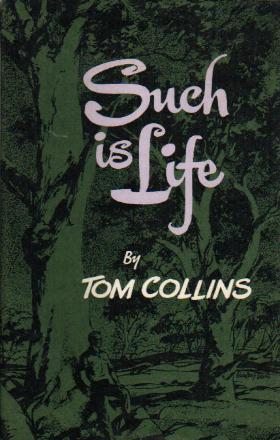
The typeface Georgia was designed for the purpose of screen/web-based print. It was created by Matthew Carter for the Microsoft Corporation. Matthew Carter was born in London in 1937, but resides in Cambridge Massachusetts, United States. During his career, Carter has witness the transition from physical print type to digital type. He worked as a freelance type designer and designed types for Bell Telephone Company. In 1991, he formed his only company called Carter & Cone type foundry with Cherie Cone. He worked mainly on the fonts Georgia and Verdana, which was designed specifically for Apple and Microsoft computers. The typeface was the serif counterpart to the first Microsoft sans serif screen font, Verdana. The font was designed in 1993 but wasn’t released until November 1, 1996 with a font collection based for web productions. It was later coupled up with a font pack released with Internet explorer 4.0. The typeface was designed in the period were clarity for web-based print at low resolution was needed. The designer designed many other known fonts during this period such as Tahoma, Verdana and cascade script. The font was able to accomplish a highly legible font family that had character and charm. The font was influenced by “Scotch Roman” typeface. Matthew Carter has always been fond of the font. “Carter acknowledges the influence of Richard Austin’s early nineteenth-century cut of Scotch Roman on the design of his letterforms” In 2007, Carter updated the typeface for Graphical user interface. Rumors of new versions of Georgia and Verdana typeface families will be released in 2010. This update was due to the emerging market of smart phones, and smart products such as ipads and PDAs. The new version of the fonts will include: • New weights and widths beyond the original four fonts in each family. • Extensions to the character sets • Extensions to the kerning • OpenType typographic features for enhanced typography The typeface won an award at Kyrillitsa in 1999. Carter has won numerous awards for his significant contributions to typography and design. The most recent award would be the 2005 SOTA Typography Award.



















